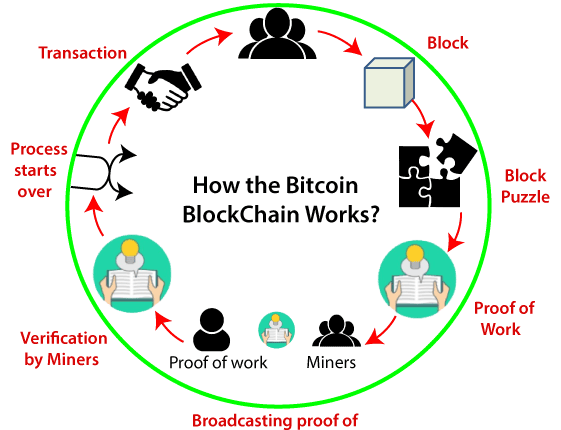Understanding Bitcoin Mining: A Step-by-Step Guide
Bitcoin mining is the process of validating and recording transactions on Bitcoin’s decentralized ledger, known as the blockchain. This mechanism plays a critical role in preventing fraudulent transactions while ensuring transparency and security across the network.
The Role of Miners in the Process
Miners utilize high-powered computers to solve intricate mathematical puzzles. The first miner to successfully solve the problem gains the right to add a new block of transactions to the blockchain. As an incentive for their computational efforts, miners receive newly minted bitcoins as a reward. This system not only maintains the blockchain’s security but also ensures its continued operation.
How Blocks Are Added to the Blockchain
Once a miner successfully appends a new block, the network updates, and all transactions within that block become permanently recorded. Each new block is securely linked to the previous one, forming an immutable and tamper-proof chain.
To regulate the process, the network automatically adjusts the difficulty level of the mathematical challenges. This ensures that new blocks are added approximately every 10 minutes, regardless of the number of active miners. Such adjustments help maintain the blockchain’s stability and efficiency over time.








